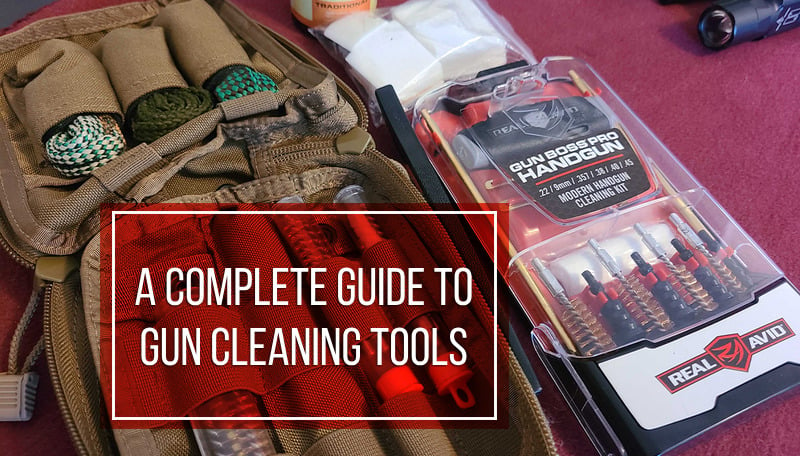
Last Updated on
Just like our founding fathers knew the importance of keeping their muskets clean, modern-day gun owners understand that a well-maintained firearm is a happy firearm. After all, what good is a gun if it’s jammed up like Washington crossing the Delaware in winter? Kudos to you for taking the initiative to ensure your trusty sidearm is always ready for action. In this article, we’re going to dive deep into the world of gun cleaning tools. Some elements you’ll read about complement each other, while others are used primarily for the same tasks, so you are free to choose whichever you like more.
Table of Contents
Cleaning Rod
Bore Brush
Cleaning Jag
Cleaning Swab
Mop
Double-Ended Brush
Cleaning Patches
Luster Cloth
Bore Snake
Cleaning Chemical
Conclusion
FAQs
Cleaning Rod
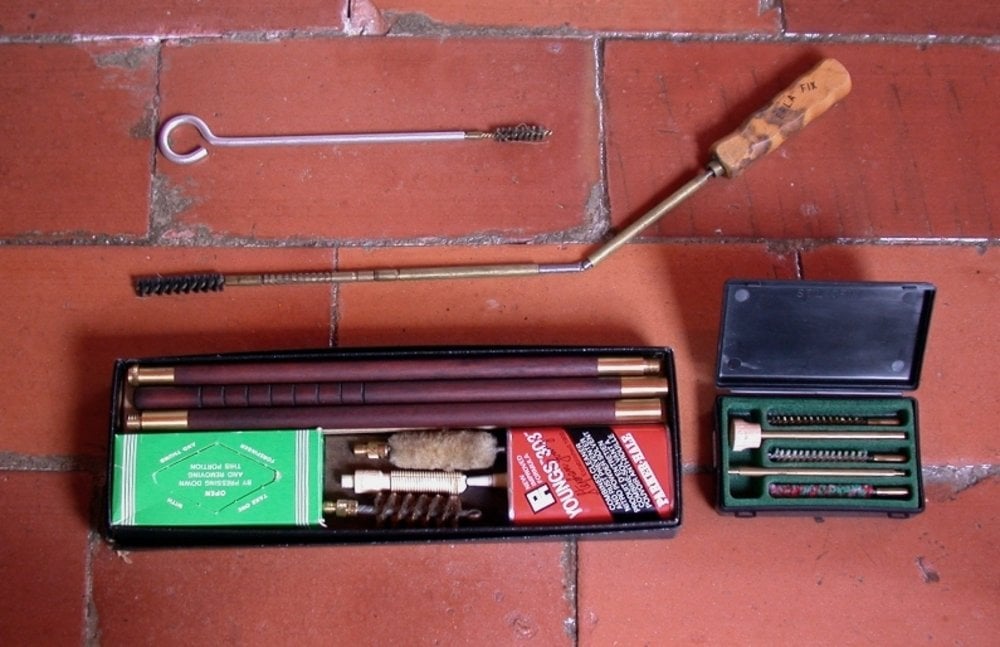
Cleaning rods are a key component of any gun cleaning kit. They are used to push cleaning patches, jags, brushes, and other tools through the barrel of a firearm to clean it.
Cleaning Rod Categories
- Single-Piece Rods: These rods are renowned for their durability due to their construction from a solitary piece of material. This makes them less prone to bending or fracturing under stress. Professionals and dedicated firearm enthusiasts frequently favor this type.
- Sectional Rods: These rods are segmented, enabling the user to join them together as needed. Their modularity enhances their portability and adaptability, allowing for length adjustments to accommodate various firearms. Nonetheless, they lack the robustness of one-piece rods and must be used cautiously to prevent barrel damage.
Cleaning rods can be crafted from several materials, each offering unique benefits and drawbacks:
- Steel: While incredibly resilient and long-lasting, steel rods can potentially mar the barrel’s interior if not handled properly.
- Brass: Brass rods, being softer than their steel counterparts, are less likely to cause scratches to the barrel. On the downside, they may bend more easily under pressure.
- Carbon Fiber: Carbon fiber rods offer an optimal blend of the strengths of both steel and brass rods. They exhibit high strength and flexibility without posing a risk of scratching the barrel.
- Coated Steel: Certain steel rods come with a soft covering such as nylon or vinyl, combining the robustness of steel with the gentleness of a softer substance.
Gun cleaning rods are caliber specific, meaning you will require several if your gun collection is more extensive than one article. Here’s an example of a universal cleaning rod fit for a variety of rifle and pistol calibers as well as all shotgun gauges.
Bore Brush
These brushes serve to scour the inside of a firearm’s barrel. They are instrumental in dislodging and removing persistent fouling consisting of gunpowder remnants, lead, copper, and other residues that accumulate after shooting.
Types of Bore Brushes:
- Bronze/Brass Brushes: These are the most common type of bore brush. The brass or bronze bristles are strong enough to scrub away tough fouling but soft enough not to damage the barrel’s rifling.
- Nylon Brushes: Nylon brushes are softer than their metal counterparts and are less likely to wear down the barrel over time. They’re especially useful for firearms with delicate or older barrels or for lighter cleaning tasks.
- Stainless Steel Brushes: These are the toughest type of bore brush and are typically reserved for particularly stubborn fouling. They should be used with care, as they can potentially damage the barrel if used improperly.
Bore brushes are caliber-specific. That means each brush is designed to fit a specific bore size. Using the correct size ensures that the brush will make proper contact with the barrel walls and effectively remove fouling. Using a brush that’s too small won’t clean effectively, while a brush that’s too large may get stuck.
Many companies produce quality bore brushes, including Hoppe’s, Pro-Shot, and Otis. These manufacturers offer a wide range of sizes to accommodate virtually any caliber of firearm.
Cleaning Jags
Cleaning jags are small attachments that connect to your cleaning rod and hold your cleaning patch in place as you push it through the barrel of your firearm.
Jags come in two main types: slotted and form-fitting.
- Slotted Jags: These jags have a slot or loop where you insert the cleaning patch. The patch is then folded over and pushed through the barrel. This design is pretty straightforward, which makes slotted jags popular among many gun owners.
- Form-Fitting Jags: These jags are designed to hold the patch tightly against the bore for a more thorough cleaning. They are typically shaped like a spike or button, with the cleaning patch wrapped around them. The patch enters the bore before the jag, creating a tight fit that allows the patch to make full contact with the barrel walls.
Regardless of the type, jags are caliber-specific, meaning they’re designed to fit a particular bore size. Utilizing an appropriately sized jag is vital for a comprehensive and safe cleaning process. An undersized jag might not adequately engage with the barrel, while an oversized one could potentially get lodged.
Jags are typically crafted from brass or plastic to prevent causing scratches within the barrel. Brass jags tend to be more robust, but plastic ones, being softer, present a reduced risk of inflicting damage if mishandled.
Several well-regarded brands, such as Hoppe’s, Pro-Shot, and Tipton, manufacture cleaning jags. They offer an extensive assortment of sizes to accommodate nearly all firearms.
Cleaning Swab
Cleaning swabs form an integral component of a gun cleaning kit. They are used for applying solvents and lubricants, reaching inaccessible areas, and eliminating residue from the firearm.
Varieties of Cleaning Swabs
- Cotton Swabs: These are the most prevalent type of cleaning swabs. They exhibit high absorbency and are gentle on your firearm’s components. Cotton swabs are available in diverse sizes, including those with elongated wooden handles for accessing deep recesses.
- Foam Swabs: Foam swabs, like those manufactured by Swab-its, represent a more contemporary choice. They are reusable, don’t shed lint, and hence don’t leave debris during the cleaning process.
Swabs are usually used alongside a cleaning solvent or oil. You can immerse the swab in the solvent or oil to distribute it on the firearm’s components. While it can also be used to scrub off dirt and residue, there are alternate, more effective tools for this purpose.
Swabs prove especially handy for cleaning minute, difficult-to-access areas of a firearm. For instance, they can clean the action and slide rails of a pistol or the bolt carrier group of an AR-15.
Once you’ve used a swab to apply solvent, it’s a good practice to use a fresh swab to eliminate any dislodged dirt or residue. This ensures comprehensive cleaning and prevents the spreading of grime.
There are many brands that produce high-quality cleaning swabs. In addition to Swab-its, another popular brand is BOOSTEADY, which offers a variety of cotton and bamboo swabs. Hoppe’s also produces gun cleaning swabs designed specifically for firearms.

Mops
Gun cleaning mops are another important part of the gun maintenance kit. They are typically made of cotton and are used for applying solvents, oils or for polishing and drying the bore of the firearm.
Types of Gun Cleaning Mops:
- Cotton Mops: These 100% cotton mops are highly absorbent and can carry solvents, lubes and preservatives into your firearm’s bore and chamber. They can also be used to polish the bore after cleaning.
- Wool Mops/Swabs: These mops are typically blended with wool and are used to mop up oil, leftover solvent, debris or other moisture to protect the bore of your firearm.
Several companies produce high-quality gun cleaning mops. Some popular brands include Bore Tech, Pro-Shot, Birchwood Casey, and Tipton. These manufacturers offer a wide range of sizes to fit almost any caliber of firearm.
Double-Ended/Utility Brushes
Double-ended or utility brushes are valuable tools in a gun cleaning kit. They offer versatility and convenience, with two different brush ends that cater to various cleaning
These brushes typically have one larger end and one smaller end. The larger end, often having three rows of bristles, is used for cleaning large open areas. The smaller end, usually with a single row of bristles, allows for precise cleaning in narrow and hard-to-reach places.
Double-ended brushes can have bristles made from various materials, such as nylon, bronze, brass, or stainless steel. Each material has its specific use:
- Nylon Bristles: Nylon brushes are the softest and are great for light cleaning tasks or for use on delicate parts where scratching could be a concern.
- Bronze/Brass Bristles: Bronze or brass brushes are slightly harder and are used for more stubborn fouling. However, they’re still relatively soft and unlikely to cause damage to your firearm.
- Stainless Steel Bristles: Stainless steel brushes are the hardest and should be used sparingly and with care. They are only needed for extremely tough fouling that can’t be removed with softer brushes.
A number of brands manufacture high-quality double-ended gun cleaning brushes. Some well-known ones include SE, Bore Tech, Hoppe’s, Otis, and Breakthrough Clean Technologies.
Cleaning Patches
Of course, there is no gun cleaning without cleaning patches. They’re used in conjunction with a cleaning rod and jag or patch holder to clean the bore of your firearm, apply solvents, and remove excess oils.
Most gun cleaning patches are made from cotton, which is highly absorbent and soft, ensuring that it won’t scratch your firearm’s bore. However, you may also find patches made from synthetic materials, which can offer excellent durability and absorption.
There are many brands that produce high-quality cleaning patches. Some popular ones include Pro-Shot, Otis, Hoppe’s, and Birchwood Casey. These companies offer patches in a range of sizes to suit all kinds of firearms, from small .22 caliber handguns to large .50 caliber rifles.
Luster Cloth
The Luster Cloth, often referred to as Silicone Impregnated Gun and Reel Cloth, is an essential tool in the upkeep of firearms. This unique fabric is engineered to clean, shine, and safeguard your equipment, ensuring its exterior stays pristine.
Commonly, this cloth is crafted from double-napped 100% cotton flannel, recognized for its soft texture and superior absorbency. The fabric is then saturated with a silicone lubricant, offering several advantages when utilized on firearms or fishing reels.
Advantages:
- Cleaning: The cloth aids in eliminating fingerprints and potentially corrosive skin oils that could harm the finish of your firearm or reel over time.
- Buffing: With regular use, the cloth can buff and improve the sheen of your equipment, keeping it appearing brand new and well cared for.
Several companies produce Silicone Impregnated guns and Reel Cloths, but some of the more well-known manufacturers include Hoppe’s and Birchwood Casey. These brands are recognized for their commitment to quality and reliability in the field of gun cleaning and maintenance.
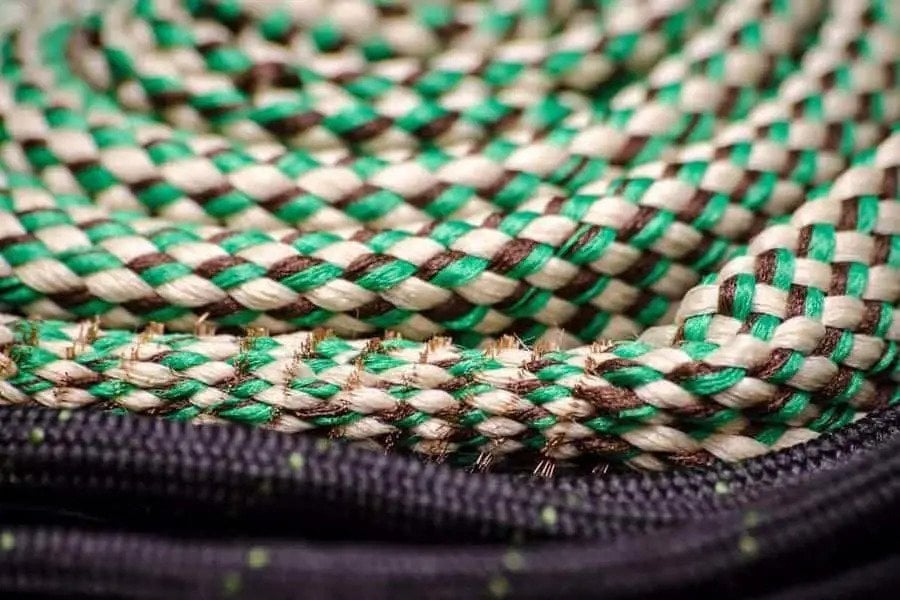
Bore Snake
A bore snake is essentially a long, narrow piece of fabric with a weighted lead on one end and a cleaning brush embedded in it. The weighted lead makes it easy to guide the bore snake through the barrel of the firearm. The length of the fabric behind the brush is used to wipe the barrel clean.
To use a bore snake, you first apply some gun cleaning solvent to the part of the snake where the brush is located. Then you drop the weighted end into the breech and let gravity pull it down through the barrel. Once the weight exits the muzzle, you grab it and pull the rest of the bore snake through.
Compared to traditional cleaning rods, bore snakes offer several advantages:
- Speed: Bore snakes can clean a barrel quickly, often in just one pass.
- Convenience: Bore snakes are compact and lightweight, making them easy to carry in a field kit.
- Safety: Bore snakes clean from the breech to the muzzle, which is safer for the firearm and more effective at removing debris.
There are several brands of bore snakes available, including Hoppe’s, Otis, and Sage & Braker. These companies offer high-quality bore snakes in various sizes to fit a wide range of firearms.
Cleaning Chemicals
The army of gun cleaning chemicals is numerous and includes bore cleaners, action cleaners, and lubricants. Bore cleaners help dissolve fouling in the barrel, action cleaners remove grime from moving parts, and lubricants keep everything running smoothly. Here’s a more detailed account
Bore Cleaners: These are designed to dissolve and remove fouling from the barrel of your firearm. They’re particularly effective against lead, copper, and powder residue.
- General Purpose Solvents: These are the most common type of bore cleaner. They’re designed to remove a wide range of residues. A popular example is Hoppe’s No. 9, a time-tested favorite among gun owners.
- Copper Solvents: These are specifically formulated to remove copper fouling, which can be difficult to dissolve with general-purpose solvents. Examples include Sweets 7.62 Solvent and KG-12 Copper Remover.
Action Cleaners: These are designed to clean the moving parts of your firearm, such as the bolt, slide, and trigger assembly. They often come in aerosol cans for easy application.
- Degreasers: These are designed to remove grease, oil, and other contaminants from your firearm’s action. An example is Birchwood Casey Gun Scrubber.
- Carbon Removers: These are formulated to dissolve carbon buildup, which is common in semi-automatic firearms and revolvers. Brands like Slip 2000 produce dedicated carbon removers.
Lubricants: After cleaning, it’s important to lubricate your firearm to reduce friction between moving parts. Some lubricants also provide a protective layer against rust and corrosion.
- Oil: This is the traditional choice for gun lubrication. It’s easy to apply and works well under normal conditions. Examples include Ballistol and M-Pro 7 LPX.
- Grease: This is thicker than oil and stays in place better, making it a good choice for high-stress areas or extreme conditions. Tetra Gun Grease is a popular choice.
- CLP (Cleaner, Lubricant, Protectant): These are all-in-one products that clean, lubricate, and protect your firearm. They’re a good choice for quick cleaning or field use. Break-Free CLP is a well-known example.
Conclusion
If you learn how to handle this motley crew and keep it ready for action, your gun will thank you a thousand times. If not through words, then through failure-proof performance. There are dozens of variants for each article so you’ll never be short of options. Remember: if you treat your gun well, it will return you the favor.
FAQs
What tools are needed to clean a gun?
If we are talking about the minimal needed tool assembly, you’ll require a bore brush, cleaning rod, gun cleaning solvent, lubricating oil, patches, utility brushes and luster cloth.
Is it possible to overclean your gun?
Yes, it is indeed possible to overclean a firearm. Overcleaning usually refers to excessive scrubbing or using harsh cleaning agents, which can potentially damage the gun. For example, excessive scrubbing, especially with metal brushes, can wear down the rifling inside the barrel and affect the firearm’s accuracy. In addition, overuse of strong solvents can remove necessary lubrication and potentially harm the finish of the gun.
What tool can remove a bullet from the barrel?
As a rule, you should be able to unload your gun without any tools. However, if a bullet got stuck in the barrel, you can either use a dedicated bullet knock-out set, a squib rod or an impact bullet puller.


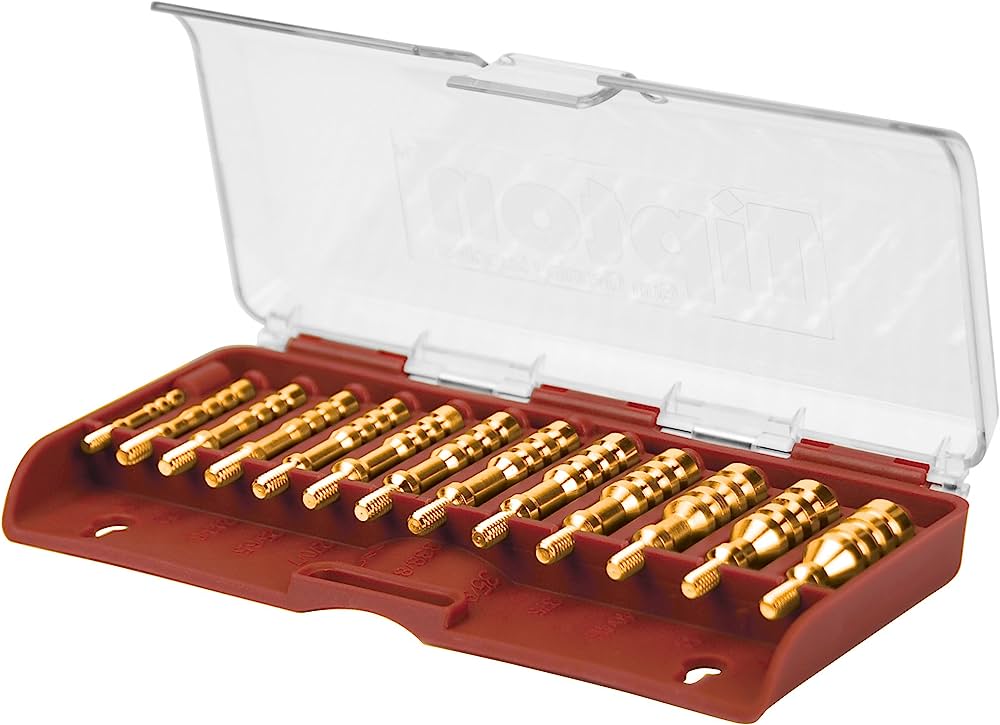
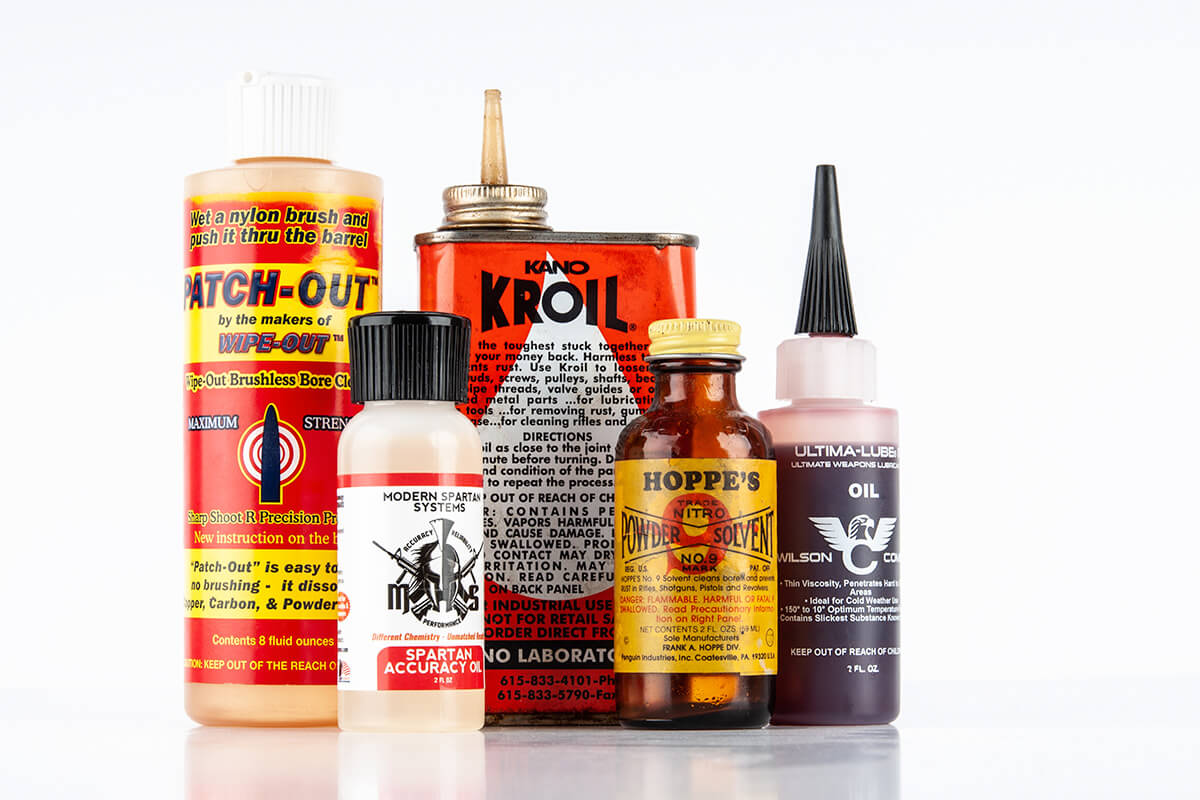

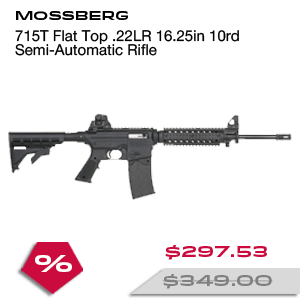
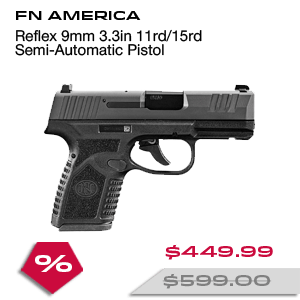
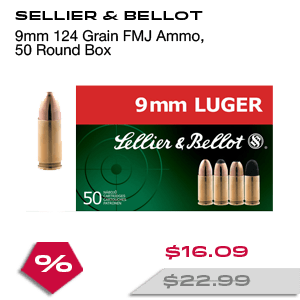

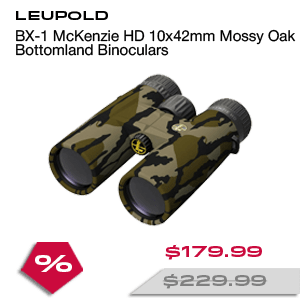
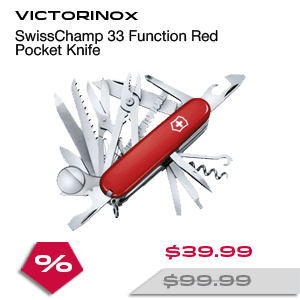




Leave a Reply